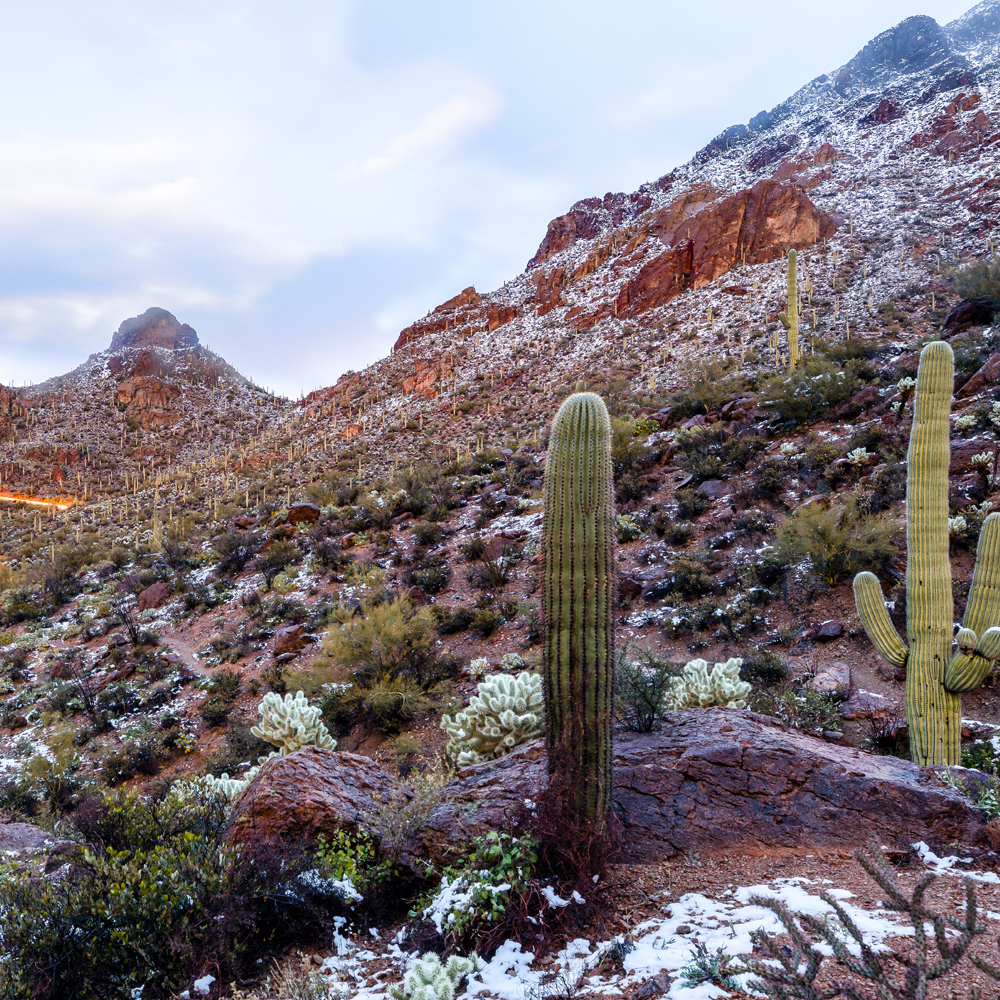One good winter is no longer good enough

By AMWUA Staff
Living in an arid state means we regularly experience extreme weather. This reality is more evident than ever as we reach 30 years – yes, 30 years – of living through a historic drought in Arizona. Those lingering hot and arid conditions affect many things around us, including our water supplies.
Our weather and environmental conditions have become less consistent and fluctuate more wildly. In the last few years, we have seen weather records get broken more frequently. In 2023 alone, we experienced the driest monsoon on record in Phoenix, combined with record-breaking heat yet again.
This means that with less overall precipitation and hotter temperatures, a bountiful rainstorm or even a couple of good winters will not undo the damage of the drought that began in 1994, making it the worst drought in more than 110 years of record keeping. It would require multiple years of greater-than-average snow and rain to heal those arid decades and alter our long-term drought conditions. Yet, we welcome any precipitation we receive over the winter months because it can tamper with the impacts of our short-term drought conditions and boost our vegetation and moisture in the ground, which can also help reduce the risk of catastrophic wildfires.
While this drought keeps lengthening its grip on Arizona, the Colorado River Basin has been experiencing the worst historical drought in 1,200 years. In addition, hotter and drier conditions have caused winter snowfalls to produce less runoff. In other words, what snowfall does accumulate tends to evaporate and disappear into the parched soil before it can melt and flow into streams and rivers and ultimately into the Colorado River. The increase in temperatures creates a dry watershed where parched soils soak up the moisture. This phenomenon is called aridification, and water managers understand it has long-term impacts on our water supply. In other words, hydrologic conditions are changing, which is why the Colorado River is producing less water.
Locally on the Salt and Verde systems, late winter storms have helped to raise the levels of Lake Roosevelt and its other reservoirs, which is good for Valley communities. Rain and snow that fall in the watershed north of the Valley are vital to the health of this water supply. While there have been good and bad years on our local rivers, currently, the Verde system is 58% full while the Salt system is at 85%, but again, we will eagerly await the results of the spring runoff.
With a keen understanding of these weather and water cycles, the AMWUA communities have planned and prepared for extended dry periods to capture and store all the available water and manage it as efficiently as possible to stretch all supplies. While we will continue to face stresses on our water supplies, we are better prepared thanks to sound water management. Investing in multiple sources of supply has played a critical part in the cities' long-term planning and our collective sustainability here in the desert. And we’ll always welcome any precipitation we receive.
To print or save this week's blog, a PDF version is available HERE.
For 55 years, the Arizona Municipal Water Users Association has helped protect our member cities' ability to provide their communities with assured, safe, and sustainable water supplies. For more information, visit www.amwua.org.
To stay informed, sign up for the AMWUA blog